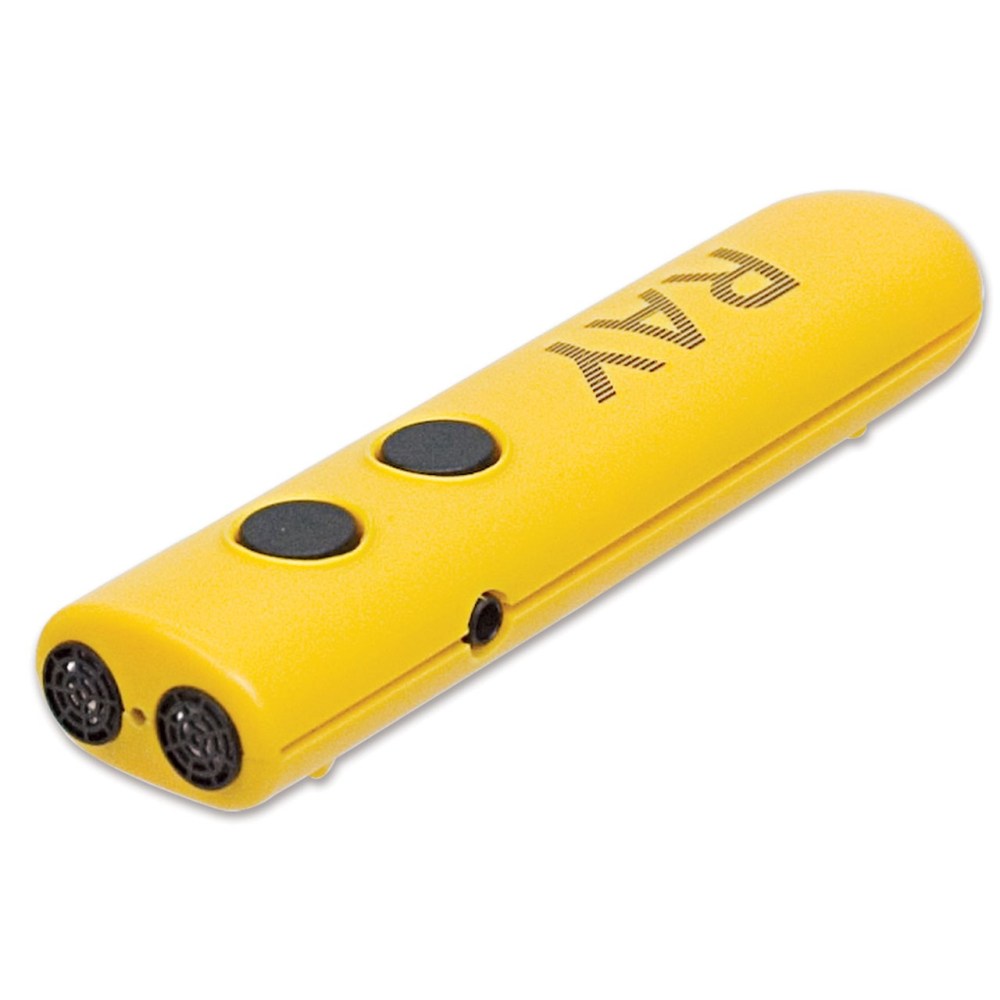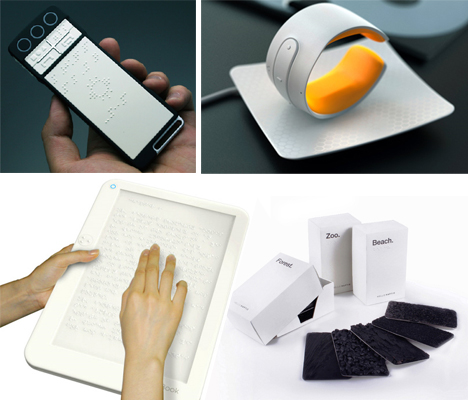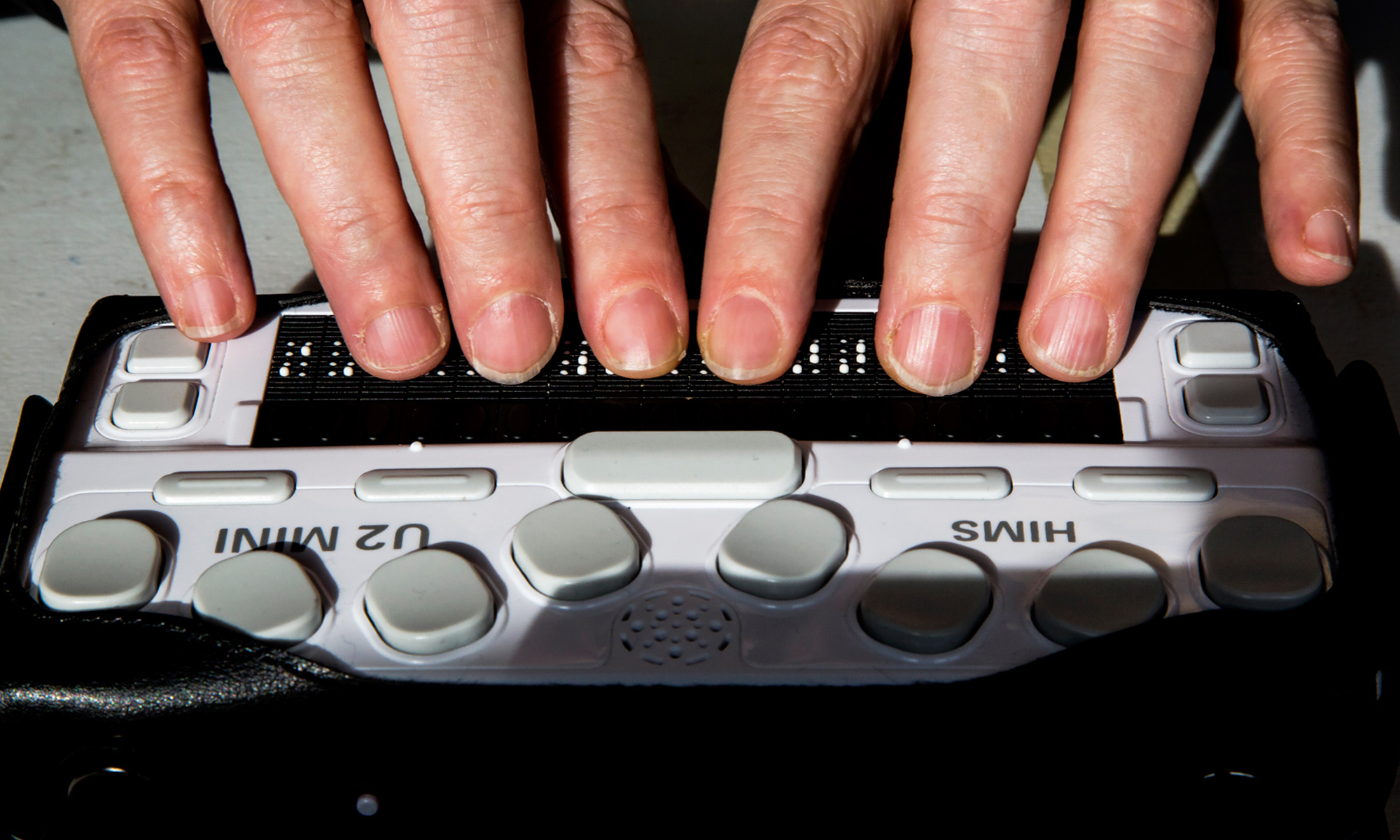Speech-to-Text Devices for Low Vision: Bridging the Communication Gap
Discover Cutting-edge Devices Designed for the Aesthetically Damaged
The growth of cutting-edge tools for the aesthetically damaged represents a significant development in accessibility and independence. Technologies such as smart glasses with AI capabilities and mobile applications made to supply auditory summaries are improving everyday experiences for users.
Smart Glasses for Navigating

Smart glasses designed for navigation are revolutionizing the method visually impaired individuals communicate with their environment. These advanced devices make use of a combination of camera innovation, expert system, and auditory feedback to provide real-time information regarding environments. By using obstacle discovery systems, clever glasses can notify users to possible hazards, making it possible for safer wheelchair in both unfamiliar and familiar setups.
The assimilation of GPS technology further boosts navigation capacities, enabling users to receive acoustic directions as they move. This hands-free technique not just fosters independence yet additionally empowers visually damaged people to navigate city landscapes with enhanced self-confidence. Additionally, many clever glasses are outfitted with attributes that determine landmarks and road indications, providing contextual info that boosts the individual experience.
Additionally, the growth of these gadgets is constantly advancing, with business functioning to boost the accuracy of things recognition and broaden the series of navigational functions. As clever glasses come to be more obtainable and cost effective, they hold the prospective to considerably change day-to-day live for aesthetically damaged individuals. Inevitably, these cutting-edge tools stand for a critical step towards inclusivity, offering boosted flexibility and a higher feeling of autonomy for individuals browsing the globe around them.

Mobile Application for Daily Living
How can mobile applications enhance the day-to-days live of aesthetically impaired individuals? Mobile applications are transforming the way aesthetically impaired individuals navigate their environments, manage daily tasks, and gain access to information. These applications supply necessary assistance via numerous functionalities, cultivating self-reliance and improving quality of life.
Numerous ingenious mobile apps are created specifically for everyday living. Applications like Be My Eyes attach aesthetically impaired users with sighted volunteers using video phone calls, permitting them to get real-time help with tasks such as reading tags or browsing unfamiliar rooms. Likewise, Seeing AI, established by Microsoft, uses synthetic intelligence to explain environments, read message, and recognize objects, effectively transforming a smartphone into a powerful device for daily help.
Furthermore, navigating apps customized for the visually impaired, such as Aira and BlindSquare, provide audio-based instructions and ecological details, allowing users to traverse their surroundings securely and with confidence. Beyond navigation and prompt help, mobile apps likewise sustain organization and job management, with features that aid customers establish pointers, create order of business, and track appointments. In summary, mobile applications act as indispensable sources, equipping aesthetically impaired people to lead more independent and fulfilling lives.
Wearable Technologies for Assistance
Empowerment via innovation is increasingly evident in the world of wearable tools created to aid aesthetically damaged individuals. These ingenious tools incorporate flawlessly right into life, improving navigation and offering essential comments to individuals. For example, smart glasses furnished with electronic cameras can read and recognize faces message out loud, enabling customers to engage more with confidence in social and specialist setups.
One more noteworthy improvement is making use of haptic feedback systems in wearable gadgets. These systems make use of resonances or other tactile signals to convey information concerning the customer's setting, such as challenges or adjustments in terrain, improving movement and security. Wearable innovations also include wristbands that connect to mobile phones, signaling individuals to notices with refined vibrations, therefore boosting connection without reliance on visual signs.
As these innovations continue to develop, Discover More Here they are not just boosting self-reliance for aesthetically damaged people yet also cultivating a higher feeling of addition in culture. By bridging the void in between challenges dealt with in day-to-day living and the potential for freedom, wearable modern technologies function as essential devices in the quest for equal rights and empowerment for those with visual disabilities.
Sound Description Devices
Audio description tools play a critical function in enhancing availability for visually impaired people, supplying them with the capability to engage with aesthetic media. Voice-activated assistive devices. These tools provide narrated summaries of crucial visual same day vision exam components in films, television shows, and live efficiencies, making sure that customers can fully comprehend the context and feelings conveyed via visuals
Sound summary can be integrated right into different systems, including streaming solutions, movie theater screenings, and live movie theater. Several prominent streaming services currently consist of audio description as an accessibility function, permitting visitors to select it easily. Along with traditional media, specialized apps additionally exist, giving audio descriptions for art exhibits, museums, and other cultural occasions.
The effectiveness of audio description hinges on the skill of the narrators, who must communicate aesthetic information succinctly without interfering with the original audio. Advancements in this area are likewise leading the way for more personalized experiences, where customers can change the degree of detail and pacing according to their preferences.
Braille Innovations and Tools
Braille devices and innovations have significantly transformed the way aesthetically impaired individuals communicate with message and info. Modern developments have actually brought about the advancement of functional tools that boost proficiency and self-reliance among customers. Significantly, Braille present technologies have developed, permitting dynamic analysis experiences. These gadgets transform digital text into Braille, enabling users to access a vast array of info on smartphones, tablet computers, and computers.
Furthermore, portable Braille notetakers combine traditional Braille input with contemporary performances, assisting in note-taking, scheduling, and document editing on the go. Speech-to-text devices for low vision. These small devices commonly feature text-to-speech capabilities, bridging the void in between Braille and auditory details
In enhancement, cutting-edge Braille printers have arised, enabling users to create Braille labels, documents, and academic products effectively. This availability fosters better engagement in expert and instructional atmospheres, eventually promoting inclusivity.
Additionally, research study into smart Braille modern technologies proceeds to broaden. Instruments that include expert system are being explored to offer real-time navigating assistance and contextual info, enhancing the customer experience in diverse setups. Overall, these developments show a commitment to empowering aesthetically damaged individuals through innovation, ensuring they can conveniently accessibility and involve with the globe around them.

Verdict
The development of ingenious devices for the visually impaired dramatically enhances independence and quality of life. Smart glasses, mobile applications, wearable technologies, audio summary tools, and Braille innovations collectively equip individuals by offering vital navigating aid, ecological understanding, and enhanced reading experiences. These technologies not just foster higher incorporation yet likewise promote autonomy in day-to-day activities, ultimately adding to a much more equitable and easily accessible society for aesthetically impaired people. Proceeded advancement in this area holds assurance for further enhancements.
As clever glasses come to be extra accessible and budget friendly, they hold the prospective to considerably change everyday life for aesthetically impaired users. Mobile apps are reinventing the way visually damaged customers browse their atmospheres, take care of everyday jobs, and gain access to details. Applications like Be My Eyes attach aesthetically damaged users with sighted volunteers via video calls, allowing them to obtain real-time assistance with tasks such as reading labels or navigating unfamiliar rooms.Additionally, navigation apps customized for the same day eyeglasses near me visually impaired, such as Aira and BlindSquare, supply audio-based directions and ecological details, allowing users to traverse their surroundings safely and with confidence.The innovation of ingenious tools for the aesthetically damaged significantly boosts freedom and high quality of life.